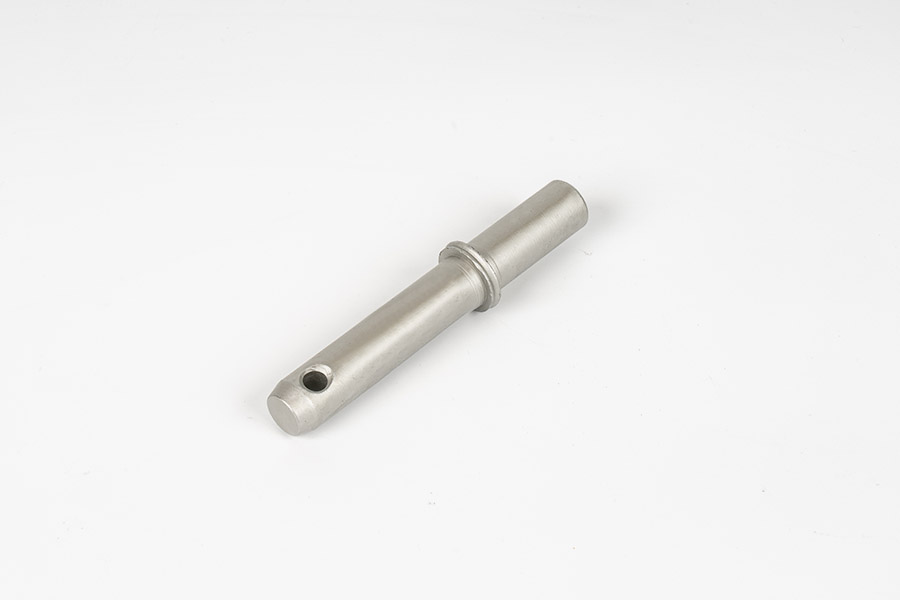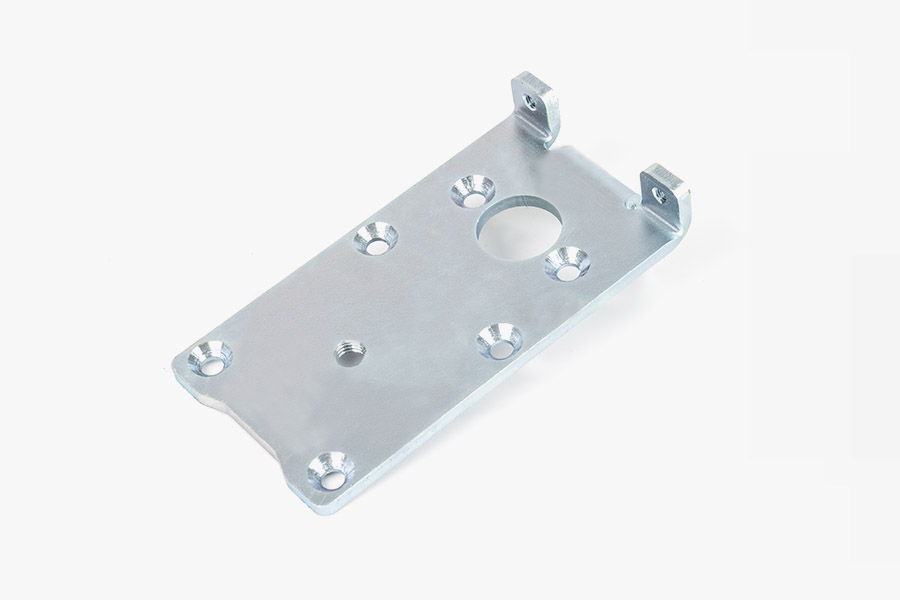How does the thickness of the material being stamped influence the design and manufacturing process of Stamping Metal Parts?
 2025.05.16
2025.05.16
 Industry News
Industry News
The thickness of the material has a significant influence on the design of the stamping metal parts. For thicker materials, the die must be built with greater durability and strength to withstand the increased pressure required for shaping. This often involves using harder, more wear-resistant materials for the die itself, such as tool steels, which can handle the higher forces without deforming. Thicker parts may require custom die designs to account for specific material flow patterns. The die may need larger clearances between the punch and die to accommodate the increased thickness, reducing the likelihood of excessive friction or undue wear on the tooling. Specialized dies may also be required to avoid part distortion, such as using progressive dies or compound dies to maintain uniformity in the part.
The force needed to stamp thicker materials increases exponentially with material thickness. The greater resistance to deformation from thicker metals means that a press must be capable of delivering significantly higher force. This places demands on the machine’s hydraulic or mechanical systems, which must be designed for heavier-duty use. The pressure applied to thicker materials can lead to higher energy consumption during the stamping cycle, making the process more power-intensive. This means that not all presses are capable of working with thicker materials, and specific presses with higher tonnage ratings are often required. Careful calibration of the press is essential to avoid material defects or overstressing the machine, which could lead to premature machine failure.
As the material thickness increases, the ease with which the metal flows into the die also decreases. Thicker materials are more resistant to deformation, making them more difficult to mold into precise shapes without additional interventions. This requires careful consideration of material flow characteristics during design, including the use of lubricants, heating, or pre-forming steps to enhance the flowability. Without proper management of these factors, issues such as material tearing, cracking, or uneven flow can occur. To facilitate better material flow, the metal may need to be preheated to a specific temperature to improve ductility, especially when forming complex shapes. For materials like high-strength steel, the formability is further restricted, and careful attention is needed to avoid damage during the stamping process.
Thicker materials generate more friction and heat during the stamping process, which leads to accelerated wear on the stamping dies and tooling. The harder the material, the more stress it places on the tools, which can result in a decrease in the tool's lifespan. For this reason, the tooling used in stamping thicker materials must be more robust and harder, often necessitating coatings such as nitriding or chrome plating to enhance durability. Since thicker materials require greater force, dies tend to experience more stress, which increases the frequency of maintenance and potential tool replacement. The high cost of tooling and the time required for its maintenance can significantly add to the overall cost of manufacturing thicker stamped parts. Regular inspections and maintenance schedules must be established to minimize downtime.
When stamping thicker materials, the cycle time is longer compared to thinner materials. This is primarily due to the increased time required for the press to fully deform the material into the die cavity. Thicker materials require more time to be shaped and may require additional cooling or holding time between presses to ensure that the part retains its form and does not warp or lose its dimensional integrity. The added resistance to deformation means that thicker materials may require multiple steps or passes in the die to achieve the desired final shape. This results in a slower overall production rate compared to thinner materials, which can reduce the efficiency of high-volume manufacturing.

 Eng
Eng  中文简体
中文简体









